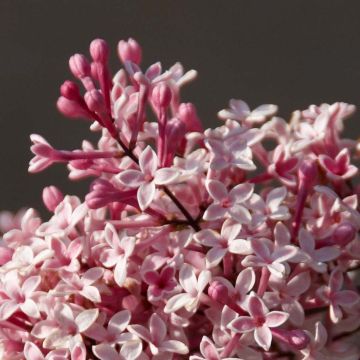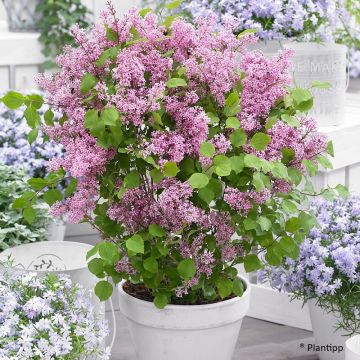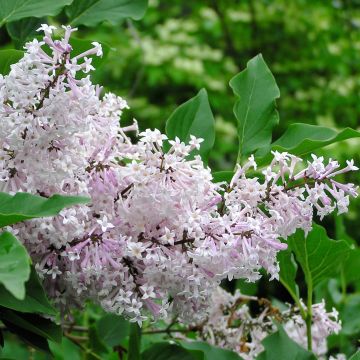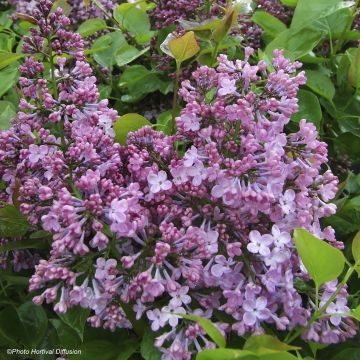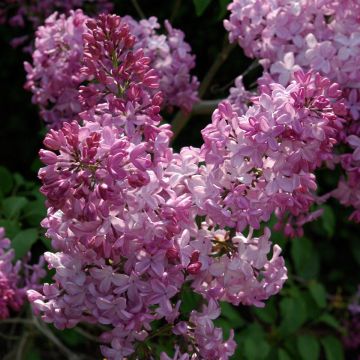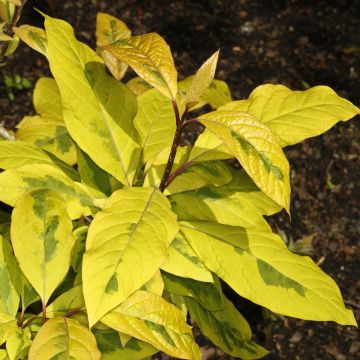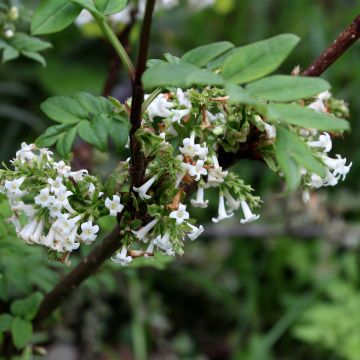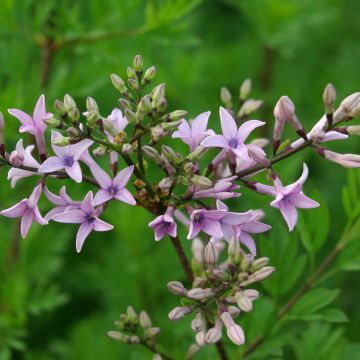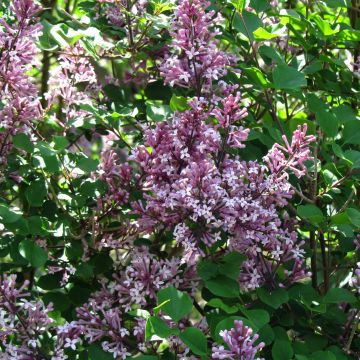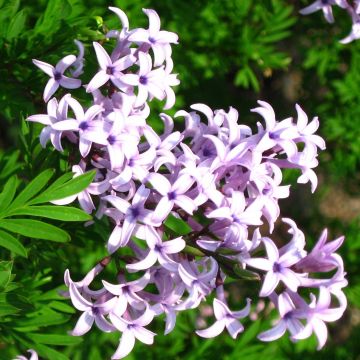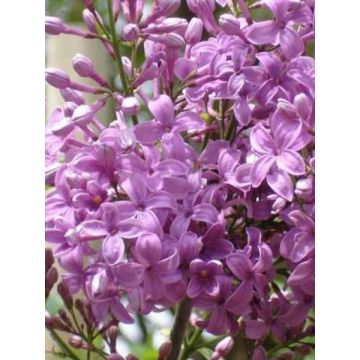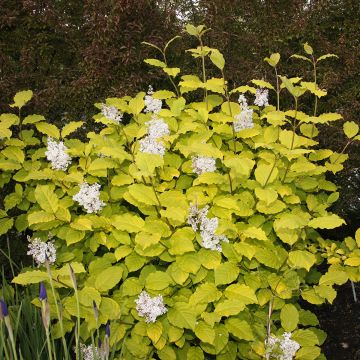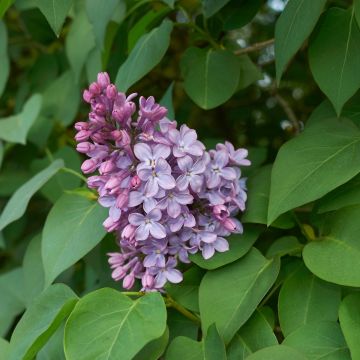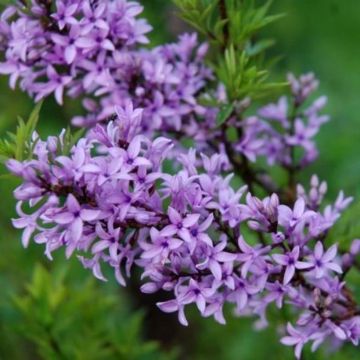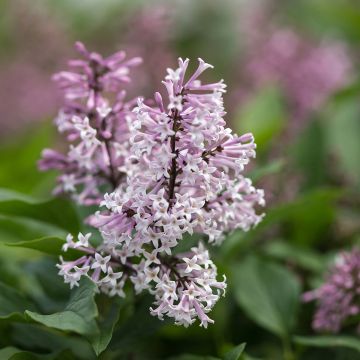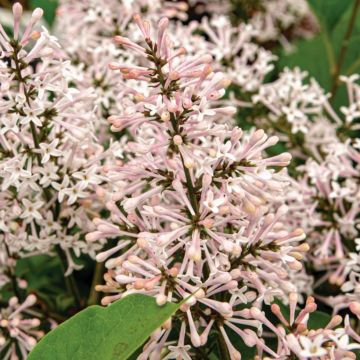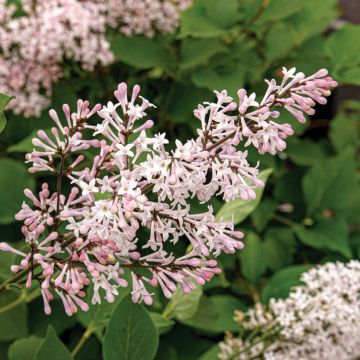Wild botanical Lilac
Does this plant fit my garden? Set up your Plantfit profile →
Available in 1 sizes
Available in 1 sizes
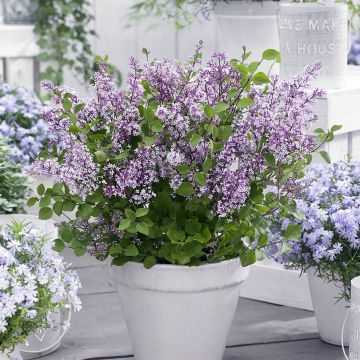
Available in 1 sizes
Available in 1 sizes
Available in 1 sizes
Available in 1 sizes
Available in 1 sizes
Available in 1 sizes
Available in 2 sizes
Available in 1 sizes
Available in 1 sizes
Available in 1 sizes
Available in 1 sizes
Available in 1 sizes
Available in 1 sizes
Available in 1 sizes
Available in 1 sizes
Available in 1 sizes
Available in 1 sizes
Available in 1 sizes
Lilacs or the wild Syringa are botanical species that are found in nature. They are the origin of the countless varieties and horticultural hybrids grown in our gardens for their deliciously fragrant flowering. The Syringa genus includes about twenty species of deciduous shrubs or small trees from the Oleaceae family, including the famous common lilac, Syringa vulgaris planted in hedges. Native to Southeastern Europe and the Balkan Peninsula, this large shrub with highly scented purple flowers has given rise to many popular cultivars such as 'Charles Joly' and 'Madame Lemoine'. Many other botanical species are interesting for our gardens. These are generally smaller shrubs with different foliage and some of them have a flowering period that extends until the end of summer. Among the most well-known are the "Chinese lilacs" such as Syringa microphylla, S. meyeri, S. patula.... The first one is well-known under the name of the excellent Syringa microphylla 'Superba', the second one is known for its beautiful variety 'Palibin'. Coming from Persia, the Syringa persica 'Laciniata' is a light and charming shrub with finely cut foliage, which blooms early in the season with small clusters of soft blue-violet flowers. Syriga josikae, the Hungarian lilac, is a large shrub that blooms in deep pink in May-June. It is a good substitute for the common lilac in acidic soils. The pinnate-leaved lilac, in Latin Syringa pinnatifolia, which is rare in cultivation, has an upright habit, dark green pinnate leaves, and offers an early spring flowering with lightly scented almost white flowers.
Wild lilacs are cold-resistant plants, truly robust. Their soil requirements vary somewhat depending on the species, but most will thrive in well-prepared and loosened garden soil, in full sun or partial shade.
Haven't found what you were looking for?







































